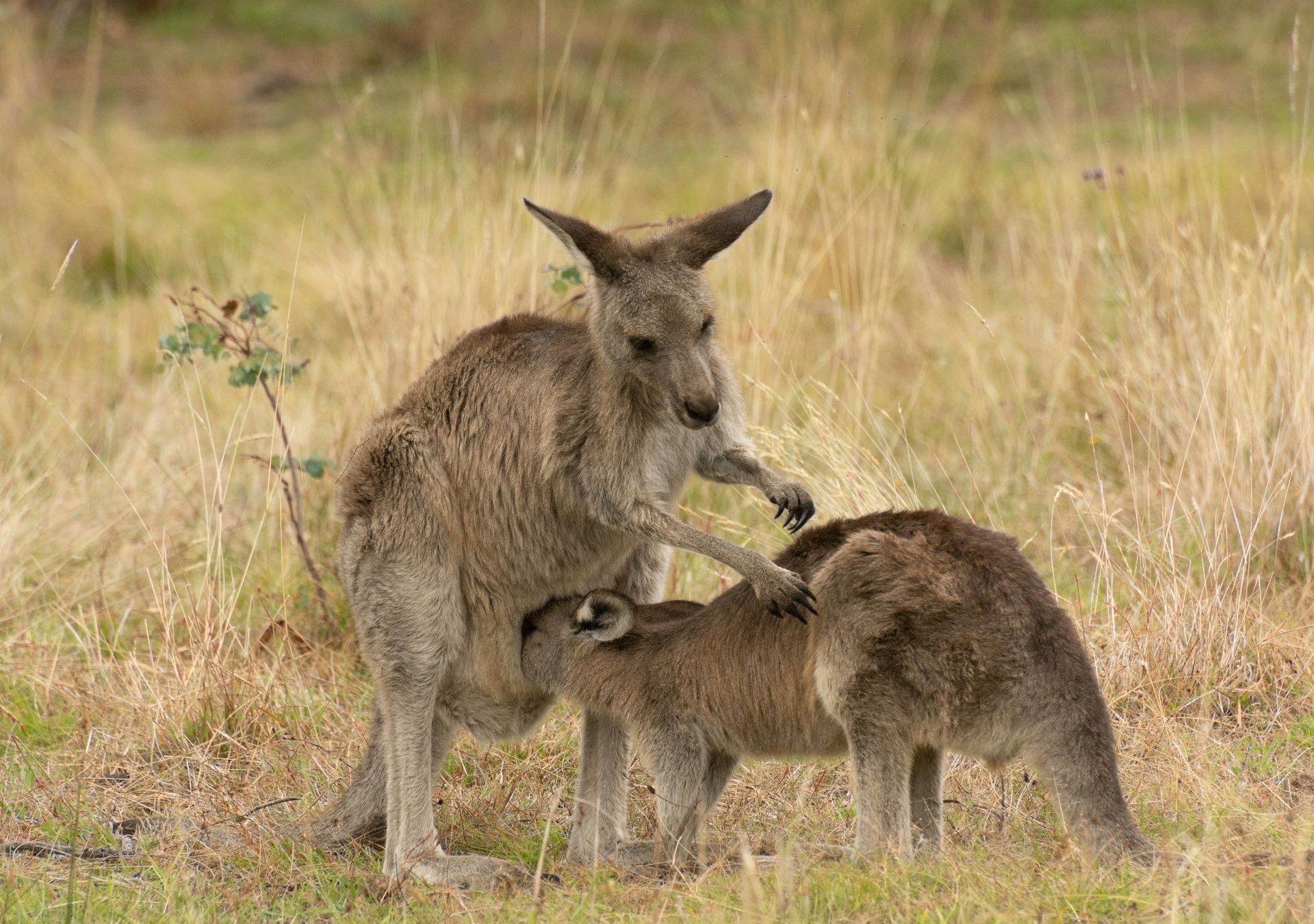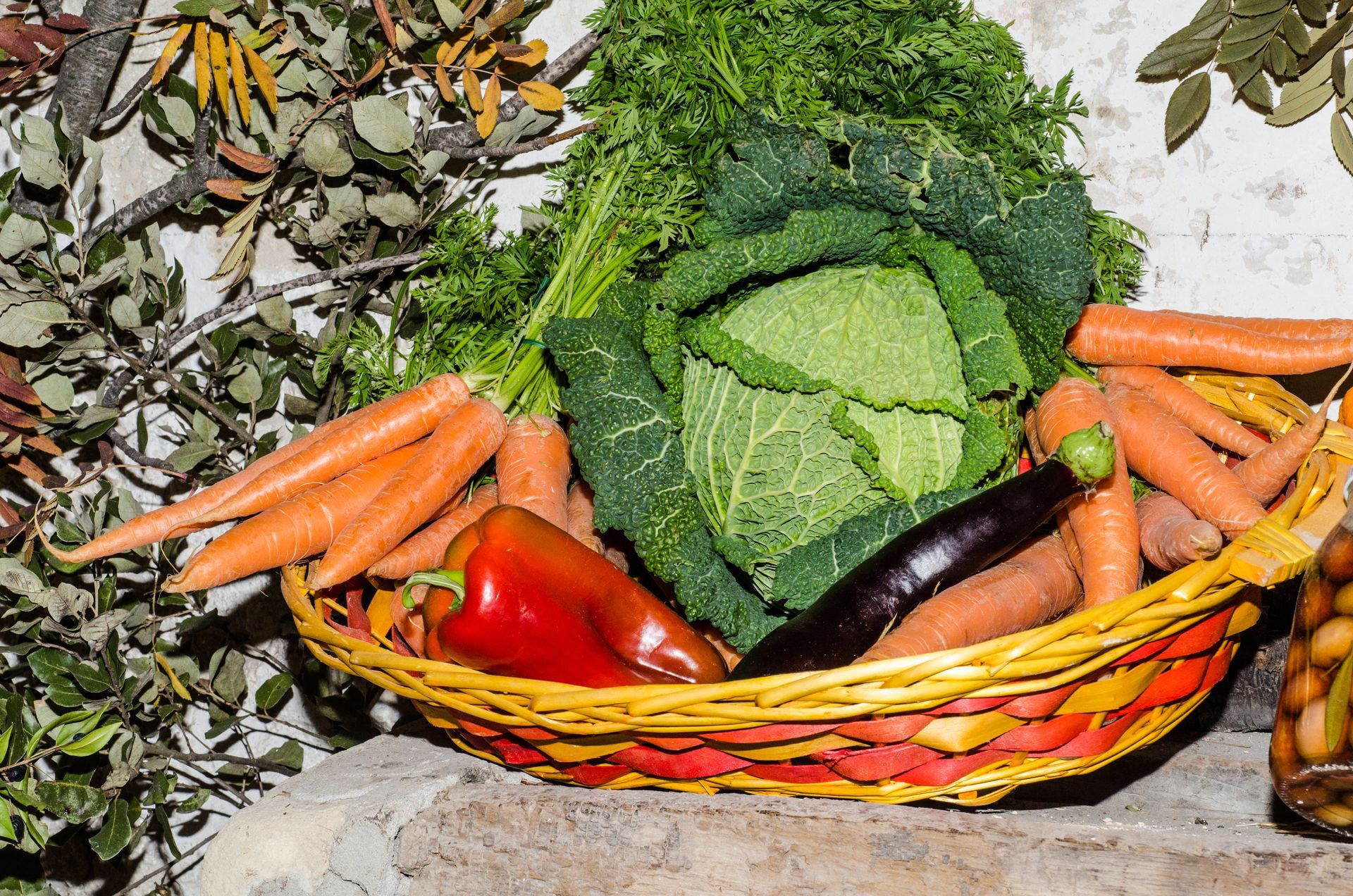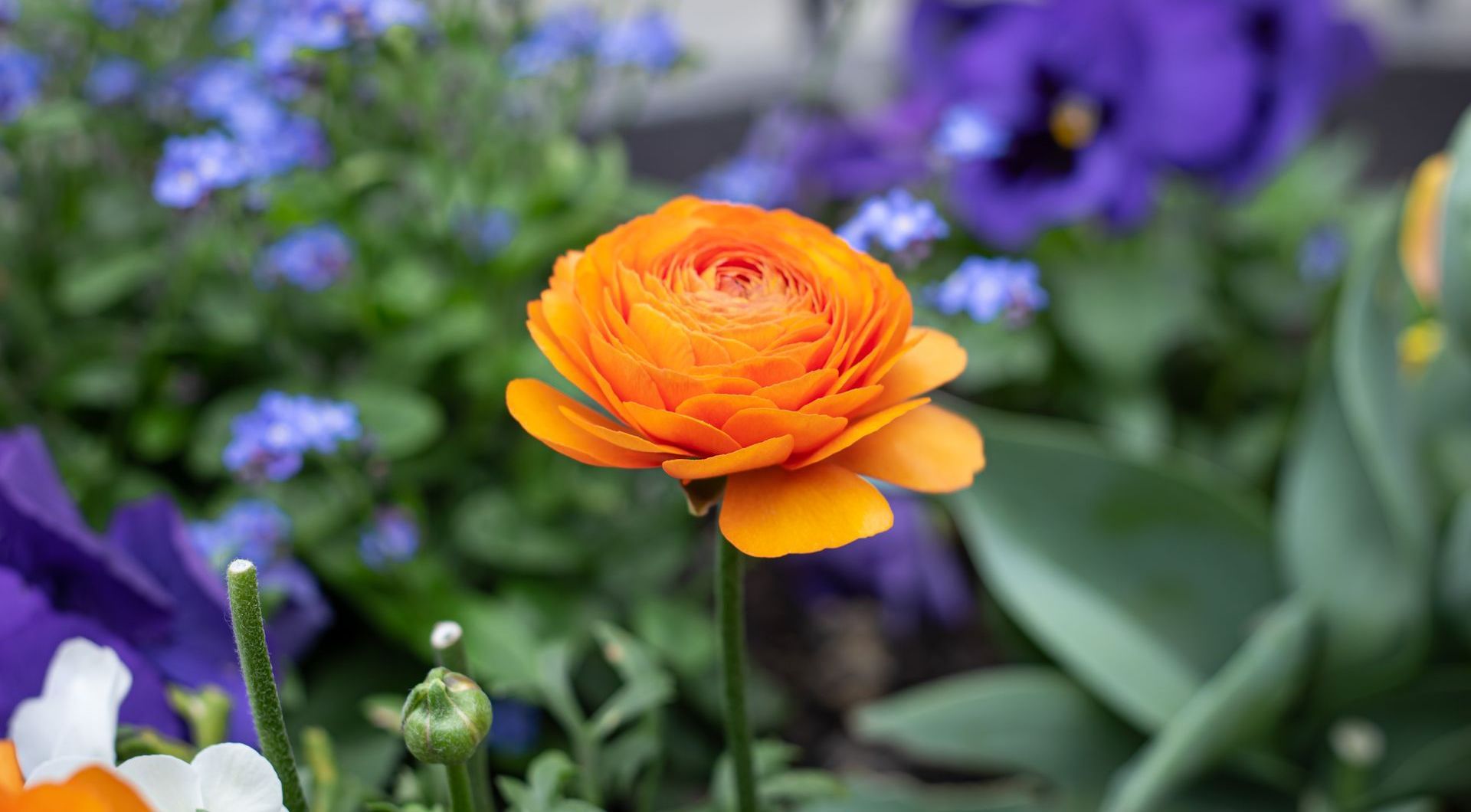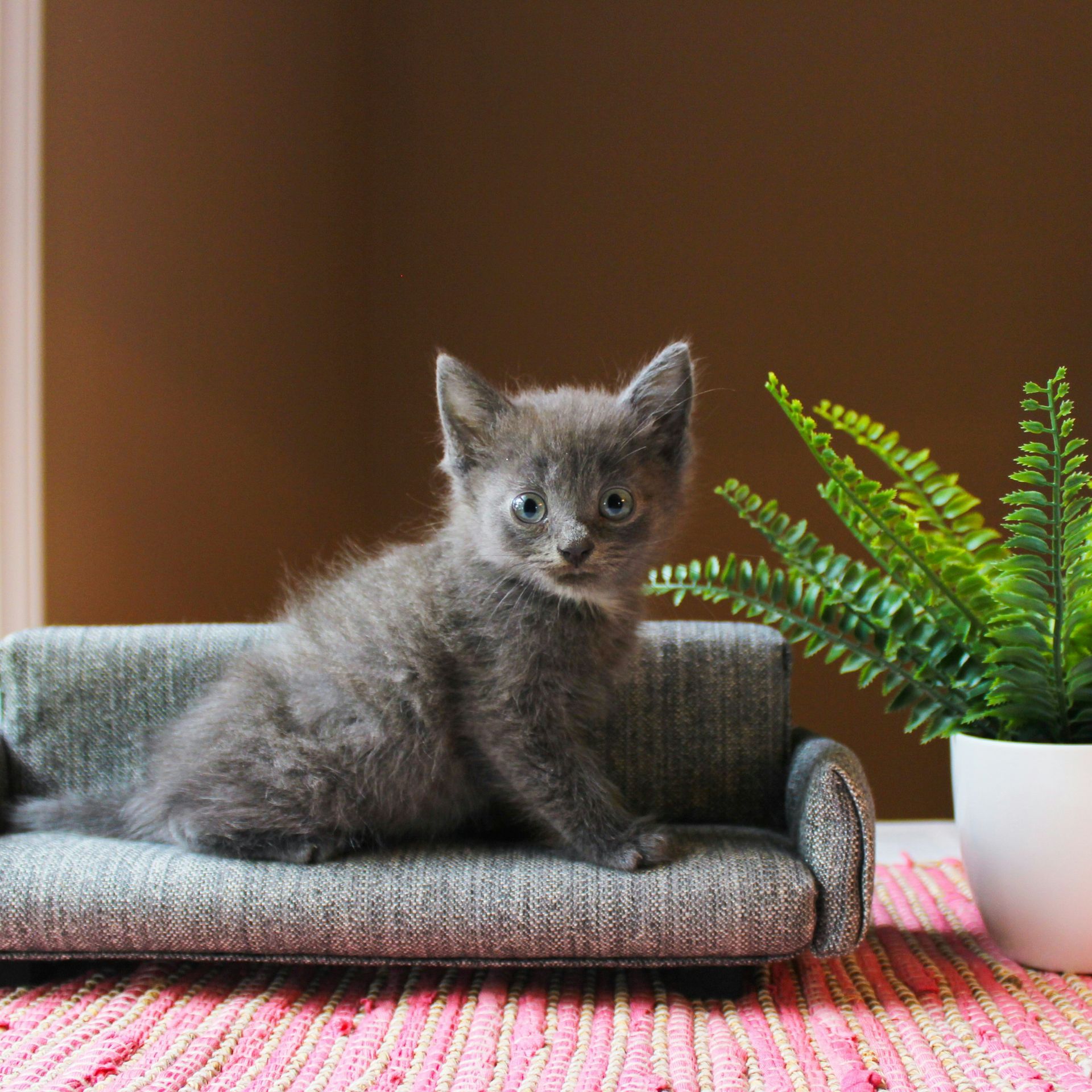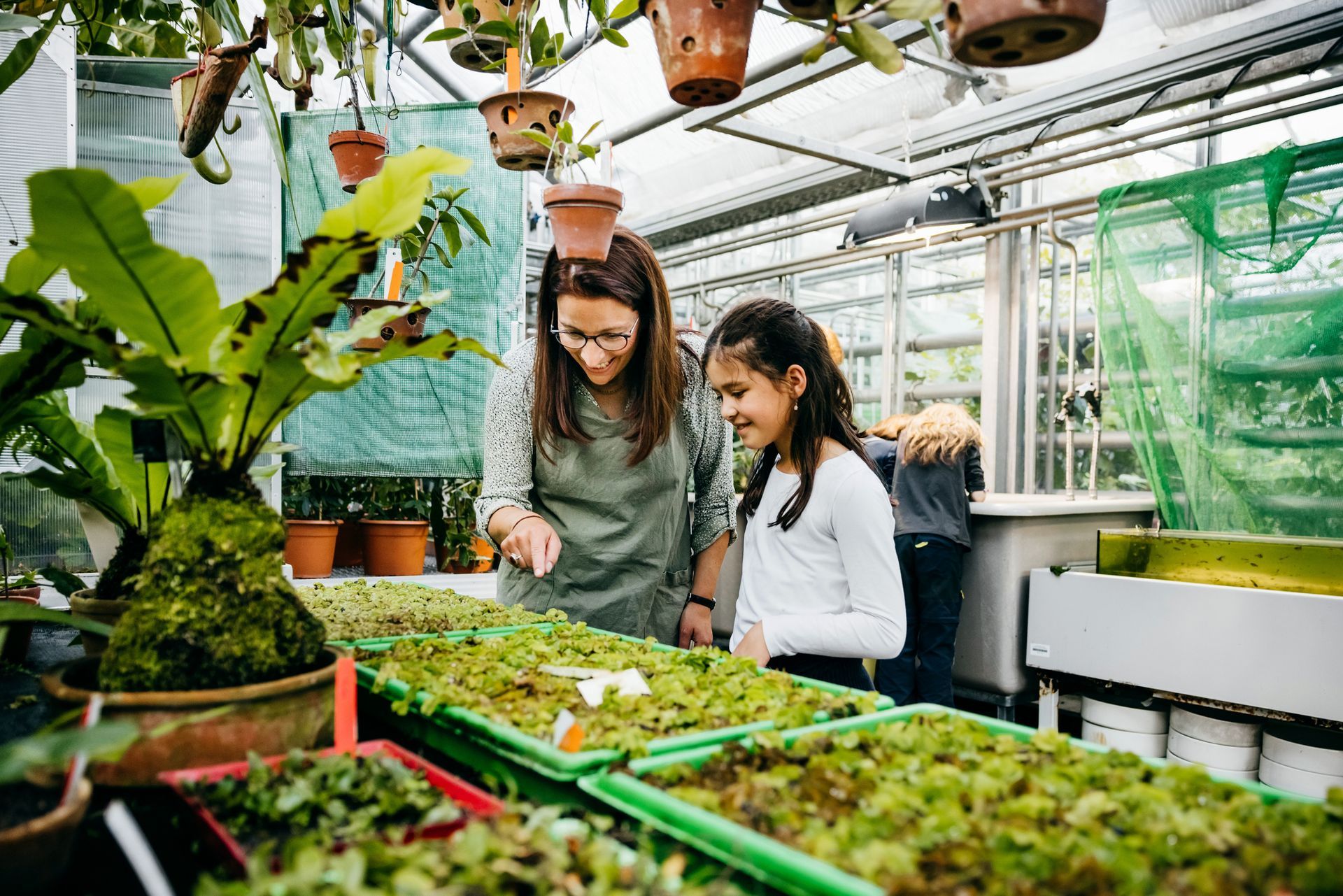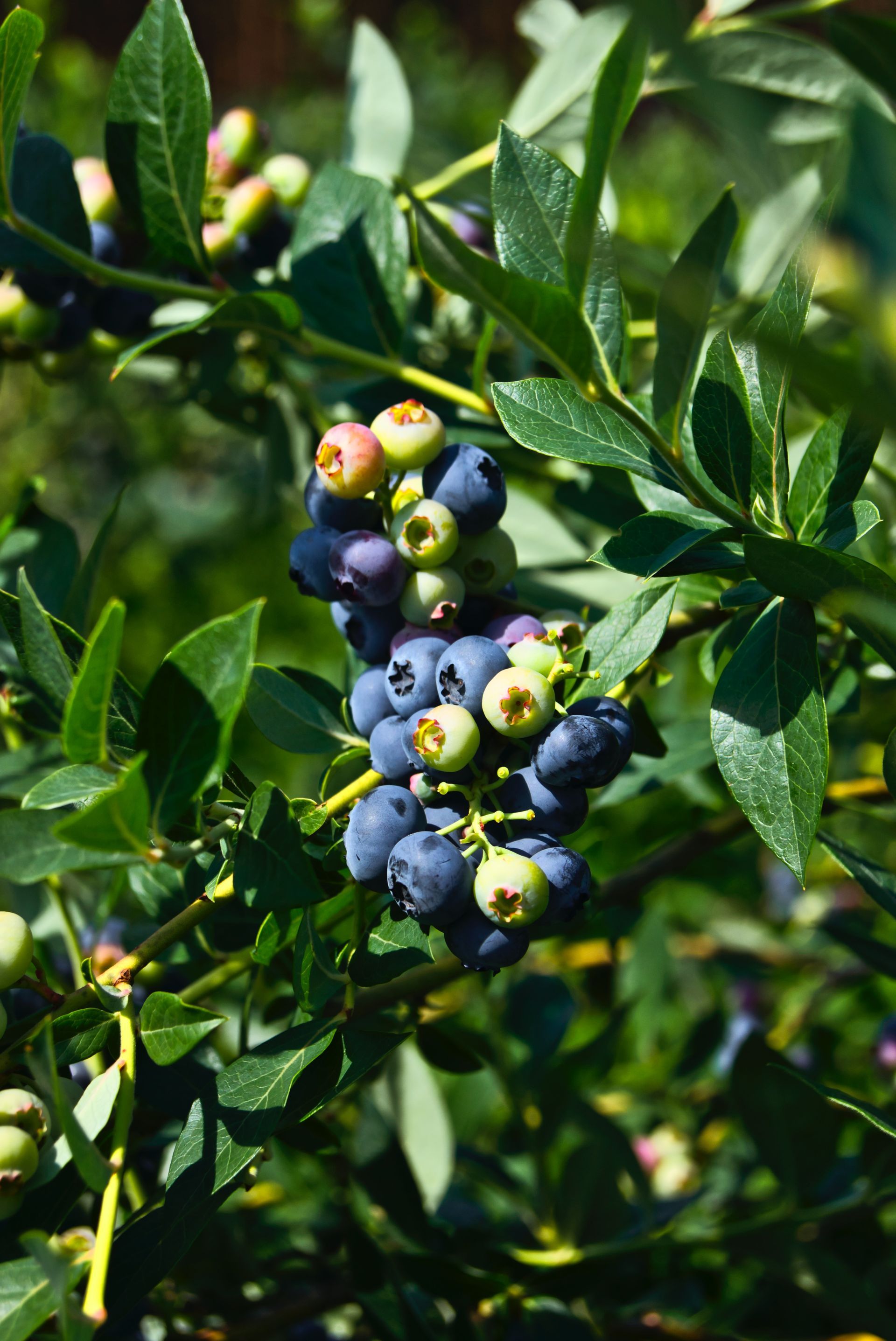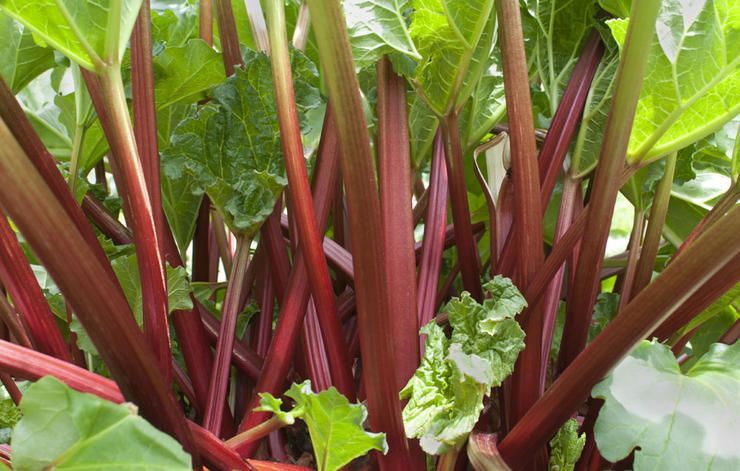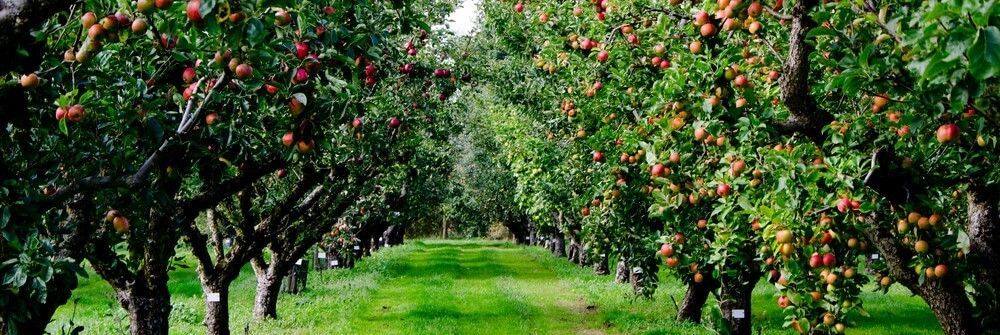Plants That Pademelons, Wallabies and Kangaroos Don’t Usually Eat
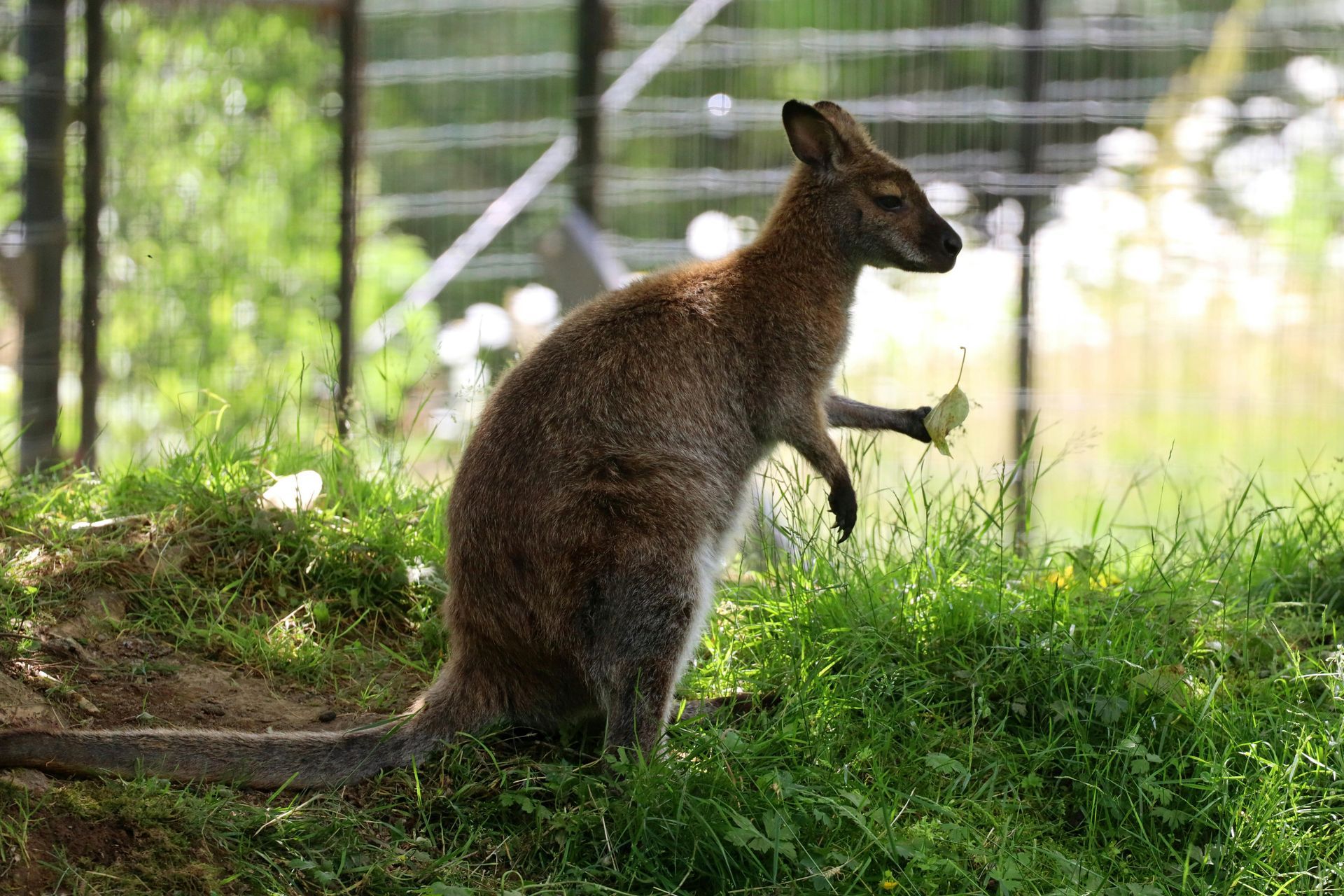
If you live in an area where pademelons, wallabies and kangaroos are regular visitors, protecting your garden can be a real challenge. These animals browse widely, and during drought conditions almost no plant is completely safe from their nibbling.
That said, there are certain plants kangaroos and wallabies usually avoid - particularly those that are prickly, tough, or rich in essential oils. However, keep in mind that they are very partial to new growth and will happily graze on young plants and fresh shoots, even from species they might otherwise ignore.
Do Pademelons, Wallabies and Kangaroos Eat Everything?
Generally, wallabies and kangaroos dislike plants that are:
- Rich in essential oils – such as eucalyptus, mint, and rosemary-like natives
- Prickly or spiny – like hakeas and grevilleas
- Woody or tough – including many banksias and melaleucas
For example, gum leaves and plants growing close to eucalyptus are rarely eaten. However, in harsh conditions, even your prickliest shrubs may not be safe.

Protecting Your Garden from Kangaroos and Wallabies
The best way to protect vegetables, herbs, and soft-leaved plants is to use wire netting or fencing. Just remember:
- Wallabies and kangaroos can jump, so barriers need to be tall enough.
- Consider planting a mix of less palatable species to discourage browsing.
- Chemical repellents are available, but their effectiveness is not guaranteed.
One easy way to protect your veggie patch from hungry wallabies is to put up a simple hoop structure. With just a few star pickets, some poly pipe, and chicken wire, you can create a budget-friendly cover that keeps your plants safe while still letting in plenty of sunshine and rain. Just remember, you’ll also need to think about creating a people-friendly entrance so you can easily get in and out of your garden.
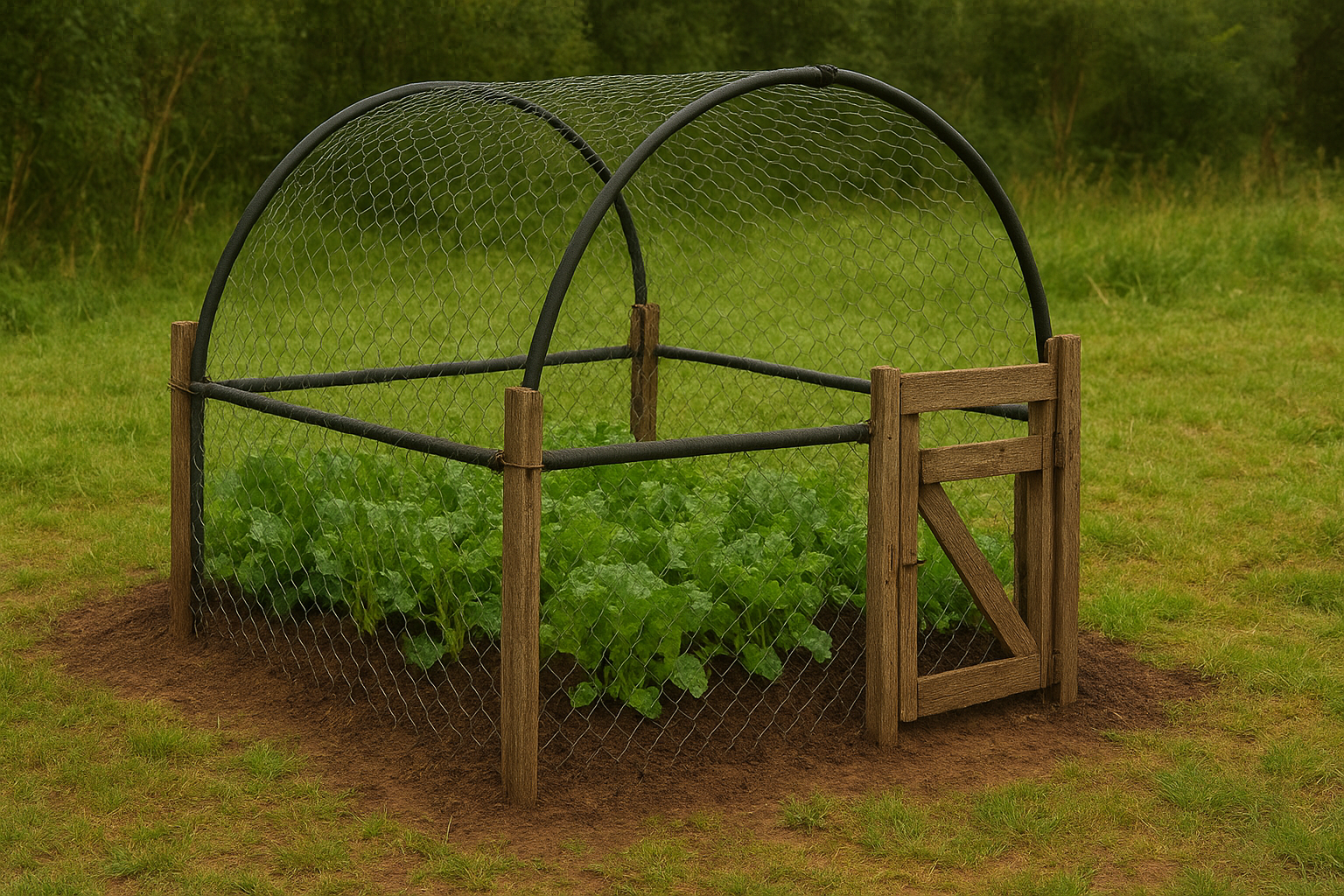
A Guide to Wallaby, Pademelon & Kangaroo Resistant Plants
The following list is intended as a general guide only and is not a complete record of plants that wallabies, pademelons and kangaroos may avoid - there are no guarantees that any plant on the list will not be eaten.
- Blue Hibiscus (Alyogyne huegelii)
- Astartea (Astartea fasciculata)
- Midyim Berry (Austromyrtus dulcis)
- Baeckea (Baeckea virgata)
- Pink Boronia (Boronia heterophylla)
- Mat Rushes (Lomandra)
- Native Laurel (Anopterus glandulosus
- Bottlebrush (Callistemon spp.)
- Net Bush (Calothamnus validus)
- Geraldton Wax (Chamelaucium spp.)
- Heart-leaf Flame Pea (Chorizema cordatum)
- Small Crowea (Crowea exalata)
- Dampiera (Dampiera diversifolia)
- Darwinia (Darwinia oldfieldii)
- Flax Lily (Dianella)
- Tar Bush / Emu Bush (Eremophila glabra)
- Spotted Emu Bush (Eremophila maculata)
- Native Daphne (Eriostemon myoporoides / Philotheca myoporoides)
- Eucalyptus / Gum Trees (most varieties)
- Grevilleas (most varieties)
- Hakeas (most varieties)
- Snake Bush (Hemiandra pungens)
- Climbing Guinea Flower (Hibbertia scandens)
- Devil’s Pins (Hovea pungens)
- Pink Myrtle (Hypocalymma angustifolium)
- Swan River Myrtle (Hypocalymma robustum)
- Scarlet Kunzea (Kunzea baxteri)
- Tea Tree (Cardwell variety) (Leptospermum ‘Cardwell’)
- Silver Tea Tree (Leptospermum sericium)
- Dusky Bells Correa (Correa ‘Dusky Bells’)
- Black Kangaroo Paw (Macropidia fuliginosa)
- Paperbarks / Honey Myrtles (Melaleuca spp.)
- Native Mint Bush (Prostanthera ovalifolia)
- Thryptomene (Thryptomene saxicola)
- Coastal Rosemary (Westringia fruticosa)
Exotic Plants Often Avoided
- Chrysanthemums (most varieties)
- Daisies (most varieties)
- Geraniums (most varieties)
- Mint (most varieties)
- Rosemary
In short, wallabies and kangaroos tend to avoid spiky shrubs (Grevillea, Hakea), woody natives (Eucalyptus, Melaleuca, Westringia), and strongly scented plants (Chrysanthemums, Geraniums, Mint bushes).
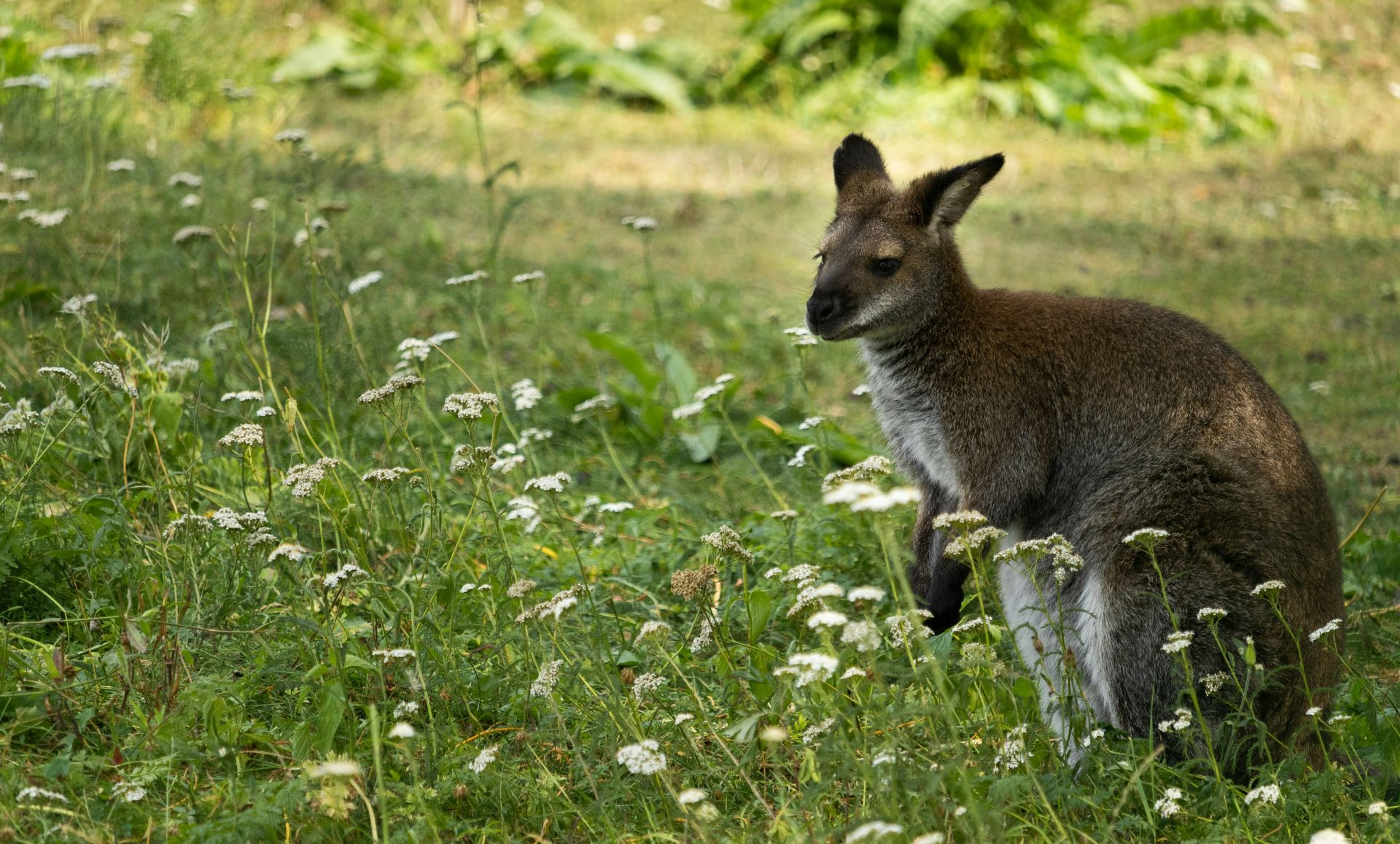
When planning a wallaby or kangaroo-resistant garden:
- Choose prickly, woody, or strong-smelling plants like grevilleas, hakeas, chrysanthemums, mint bushes, geraniums, and daisies.
- Protect sensitive plants with wire netting or fencing.
- Remember, no plant is completely safe - especially in drought conditions.
Wallaby grazing habits can be unpredictable - what they eat in one garden, they may ignore in the next. Get creative with protection, as their tastes can change and drought can make them less fussy.
By combining plant selection with some physical barriers, you can enjoy a thriving garden while coexisting with local wildlife.
